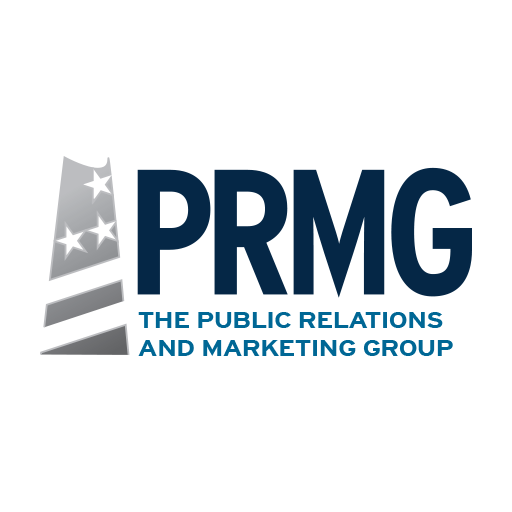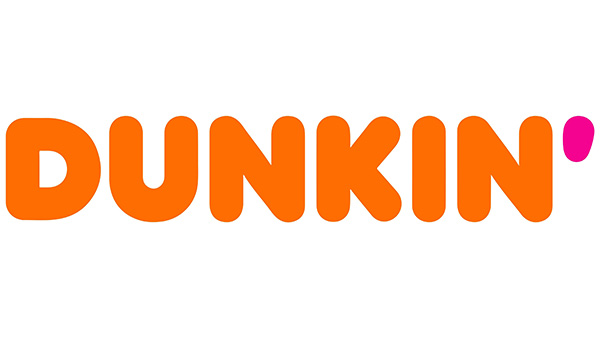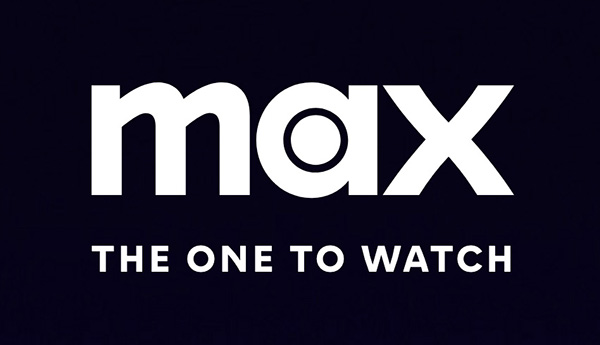Marketers always want to better target demographics and spend less money in the process. Facebook’s targeting features allow you to narrow your audience to only those who will be most interested in your product, based not only on demographics, but also by interests. This is different from Google AdWords, which is search-based and responds only to the use of keywords without knowing anything about the “clicker.”
PRMG has recently been coordinating and maintaining more complex Facebook ad campaigns for a variety of our clients. I wanted to share with you three interesting cases where our clients have utilized different aspects of Facebook’s targeting options, with varied outcomes.
Case Study 1: Islip Condo Complex
One of our most successful long-running campaigns has been the ad we put together for this condo community back in February. We attempted to target the ad to first-time homebuyers by selecting for adults between the ages of 25 and 40 within a 25-mile radius from the community’s location. We capped the daily budget at only $10 and have seen a very consistent result of 6 or 7 clicks every day, for a total of over 1,000 clicks!
This campaign is a perfect example of consistent diligence paying off. Someone who may have seen the ad back in March, but wasn’t exactly in the market for a new home, might click on the ad in July, when their circumstances have changed. Though this client has paid over $1,700 for these leads over the last six months, that amount is about the cost of a single ad in the three local Pennysavers, which would have nowhere near the lasting impact of this ongoing ad.
Case Study 2: East End Restaurant
One of our clients is an upscale, East End restaurant that serves two distinct demographics: local, year-round residents and seasonal residents and tourists. The owner had decided to run two different ad campaigns to capitalize on the restaurant’s distinct appeal to each group.
We ran a set of four ads advertising Thursday night as Ladies’ Night with Two-for-One drink specials. Each ad had a different picture of one of the bar’s signature summer cocktails. This ad was targeted to female users between the ages of 25 and 35 who live within 10 miles of the restaurant’s location, and were not already connected with the business’ page. We initially bid very close to the suggested bid, but raised the price we were willing to pay when we only received a few clicks in the first two days. We also posted the special on the page’s wall to ensure those connected with the restaurant were made aware of the special. The wall was also the destination of the link in the ad.
Then we set up a set of four more ads to target the summertime visitors – again utilizing different photos, this time of plated entrées. The restaurant had recently received an excellent review from a reputable East End publication. We took the content and photos from that review and created a landing page on the business’ website that featured the positive content. For the Facebook ad copy, we included a brief quote from the review and a call to action to read the rest of the piece on the website. This ad was targeted to 28 to 45 year olds living in New York City. However, because that in itself is such a broad demographic (and we really only wanted to show our ad to those who might travel to eastern Long Island) we used Precise Interest Targeting to narrow down users who had listed “culinary arts,” “fine dining,” “Fine wines,” “French cuisine,” “Hamptons,” “Hamptons restaurant week” or “Montauk” in their profiles. This allowed us to show our ad to most of the 2,700 users we were interested in.
When we assessed the success of the ads after four weeks, we saw that 25 local women had “liked” the restaurant’s page, and over 30 NYC residents had visited the landing page. The 50+ leads cost the business about $65. Considering how competitive the restaurant industry is, we consider this to be a decent result for an ad that ran less than one month.
Case Study 3: Day Camp Program
One of our clients was having a tough time filling the slots in its summer day camp program. Since we only had a short period of time to promote the camp before the program’s commencement, we determined Facebook advertising was likely to give us the most bang for our buck.
We put together a campaign using Broad Category Targeting. The only parameters we used were adults living within a 25-mile radius of the camp. Then we selected three broad categories to narrow the audience further. We selected the “Parents (0-3yrs)” and “Parents (4-12yrs)” from the Family Status heading and “Pets” and “Environment” from the Interests heading, since these were most relevant to the topics of the camp. The ad directed clickers to the portion of the business’ website that gave detailed information about the camp. Over 250 people have been directed to the website in only three weeks, costing less than $350. We considered this to be an excellent response, considering we bid at the very low end of the suggested range.
The introduction of Broad Categories does facilitate a lot more depth in easily targeting your advertisements, but it isn’t necessarily more specific, especially since you cannot combine Broad Category and Precise Interest Targeting in one ad campaign. This means that you can reach users based on qualifications that were not previously available to advertisers (including what kind of smart phone they use to access Facebook and their family status). However, because you are limited to selecting from a seemingly limited list of categories, your ad will likely be shown to persons whom you did not intend to target.
When running campaigns, we suggest creating a few versions of the same ad to experiment with the images and wording to determine what has the biggest effect on your audience. Include a call to action when possible. (“Come on down!” “Check out our page!” “Visit our website for more info.” “See what eveyone’s saying.” “Join us for the event.”) Check in every few days to see if you need to adjust your bid. You can also pause your campaign if your business plans to be closed for vacation, for example, and resume the campaign upon your return. This is better than ending your campaign to create a similar one a few days or weeks later because it saves time and preserves more accurate statistics.


